
多槽手動超聲(shēng)波(bō)清洗機:超聲波清洗原理及注意
作者:創始人來源:http://www.ahfanglei.com/時間:2024-09-02
眾所周知,人們所聽到(dào)的聲音是頻率20Hz~20000Hz的聲波信號(hào),高於20000Hz的聲波稱為超聲波,聲波的傳(chuán)遞依照(zhào)正弦曲線縱向傳播,即一層強一層弱,依次傳遞,當(dāng)弱的(de)聲(shēng)波信號作用於(yú)液體中時,會對液體產生一定的負壓,使液體內形成(chéng)許許多多微小的氣泡(pào),而(ér)當強的聲波信號作用(yòng)於液體時,則會對(duì)液體產生一定的正壓,因而,液體(tǐ)中形成的微小氣泡被壓碎。經研究證明:超聲(shēng)波作用於液體中時,液體中每個氣泡的破裂會產生能最極大的衝擊波,相(xiàng)當於(yú)瞬間產生的高溫和高達上千個(gè)大氣壓,這種(zhǒng)現象被稱之為“空化效(xiào)應”,超聲波淸洗正是應用液體中氣泡破裂所產(chǎn)生的衝擊波來達到淸洗(xǐ)和衝刷工件內外表麵的作(zuò)用。
As is well known, the sound that people hear is a sound wave signal with a frequency of 20Hz~20000Hz, and the sound waves above 20000Hz are called ultrasonic waves. The transmission of sound waves follows a sine curve longitudinal propagation, that is, one layer strong and one layer weak, transmitted in sequence. When a weak sound wave signal acts on a liquid, it will generate a certain negative pressure on the liquid, causing many small bubbles to form inside the liquid. When a strong sound wave signal acts on a liquid, it will generate a certain positive pressure on the liquid, thus crushing the small bubbles formed in the liquid. It has been proven through research that when ultrasound is applied to a liquid, the rupture of each bubble in the liquid produces the strongest shock wave, equivalent to instantaneous high temperature and up to thousands of atmospheres of pressure. This phenomenon is called the "cavitation effect", and ultrasonic cleaning is the use of the shock wave generated by the rupture of bubbles in the liquid to achieve the purpose of cleaning and flushing the inner and outer surfaces of the workpiece.
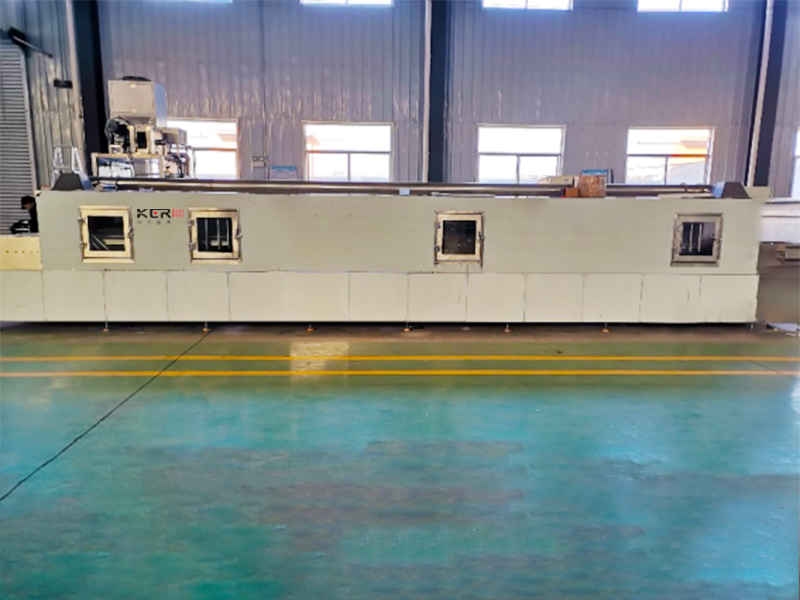
超聲波(bō)可以分為三種,即次聲波、聲波、超聲波。次(cì)聲波的頻(pín)率為20Hz以下,聲波的頻率為20Hz~20kHz,超聲波的(de)頻率則為20kHz以上。其中次聲波和超盧波一般人耳是聽不到的。超(chāo)盧波由於頻率高、波長短,因而傳播的方向(xiàng)性好、穿透能力強。
Ultrasonic waves can be divided into three types, namely infrasound waves, sound waves, and ultrasonic waves. The frequency of infrasound waves is below 20Hz, the frequency of sound waves is between 20Hz and 20kHz, and the frequency of ultrasonic waves is above 20kHz. Among them, infrasound waves and ultrasonic waves are generally inaudible to the human ear. Due to its high frequency and short wavelength, ultrasonic waves have good directionality and strong penetration ability.
超聲波淸洗機(jī)原(yuán)理主要是將(jiāng)換能(néng)器,將功率超聲頻源的聲能,並且要轉換(huàn)成機械振動,通過淸洗槽壁使之將槽子中的淸洗液輻射到超聲波。由於受到輻射的超聲波,使之槽內液體(tǐ)中的微氣(qì)泡能夠在聲波(bō)的作(zuò)用下從(cóng)而保持振動。
The principle of ultrasonic cleaning machine is mainly to convert the sound energy of the power ultrasonic frequency source into mechanical vibration through the transducer, and to radiate the cleaning solution in the tank to ultrasonic waves through the cleaning tank wall. Due to the radiation of ultrasonic waves, microbubbles in the liquid inside the tank can maintain vibration under the action of sound waves.
當聲(shēng)壓或者聲強受到(dào)壓力(lì)到(dào)達一定程(chéng)度時候,氣泡(pào)就會迅速膨脹,然(rán)後又突然閉(bì)合。在這段過程中,氣泡閉合的瞬間產生衝擊波,使氣泡周圍產生1012Pa~1013Pa的壓力(lì),這種超聲波(bō)氣化所產生的巨大壓(yā)力能破(pò)壞不溶性汙物而使它們分化於溶液中。
When the sound pressure or intensity reaches a certain level of pressure, bubbles will rapidly expand and then suddenly close. During this process, a shock wave is generated at the moment when the bubble closes, causing a pressure of 1012 Pa to 1013 Pa around the bubble. The enormous pressure generated by ultrasonic vaporization can destroy insoluble pollutants and cause them to differentiate into the solution.
超聲波一方麵破壞汙物(wù)與淸洗件(jiàn)表麵的吸附,另一方麵能引起汙物層(céng)的疲勞破壞而被剝離,氣體型(xíng)氣泡(pào)的振動對固體(tǐ)表(biǎo)麵(miàn)進行擦洗,汙(wū)層一旦有縫可鑽,氣泡立即“鑽入”振動使汙層脫落,由(yóu)於空化(huà)作用,兩種液(yè)體在界麵迅速分散而乳化(huà),當固體粒(lì)子被油汙裹著而粘(zhān)附在(zài)淸洗件表麵時,油被乳(rǔ)化,固體粒子自行脫落(luò),超聲在淸洗液中傳播時會產生正負(fù)交變的聲(shēng)壓,形成射流,衝(chōng)擊清洗件,同時由於非線性效應會產生聲流和微聲(shēng)流,而超聲(shēng)空化在固體和(hé)液體界麵會產生高速的微射流(liú),所有這(zhè)些(xiē)作用,能夠(gòu)破壞汙物,除(chú)去或削弱邊界汙層,增加(jiā)攪拌(bàn)、擴(kuò)散作用,加速(sù)可溶(róng)性汙物的溶解,強化化(huà)學淸洗(xǐ)劑的淸洗作用。
On the one hand, ultrasound destroys the adsorption between dirt and the surface of the cleaning part, and on the other hand, it can cause fatigue damage and detachment of the dirt layer. The vibration of gas bubbles cleans the solid surface. Once there is a gap in the dirt layer that can be drilled, the bubbles immediately "drill in" and vibrate to make the dirt layer fall off. Due to cavitation, the two liquids quickly disperse and emulsify at the interface. When solid particles are wrapped in oil and adhere to the surface of the cleaning part, the oil is emulsified and the solid particles fall off on their own. When ultrasound propagates in the cleaning solution, it generates positive and negative alternating sound pressure, forming a jet that impacts the cleaning part. At the same time, due to nonlinear effects, it produces sound flow and micro sound flow. Ultrasonic cavitation produces high-speed micro jet at the interface between solid and liquid. All of these functions can destroy pollutants, remove or weaken boundary pollution layers, increase stirring and diffusion effects, Accelerate the dissolution of soluble pollutants and enhance the cleaning effect of chemical cleaning agents.
由此可見,凡是液體(tǐ)能浸到且(qiě)聲場存在的地(dì)方(fāng)都有淸洗作用,其特點適用於表麵形狀非常複雜的零件的淸洗。尤其是采用(yòng)這一技術後,可減少化學溶劑的用量,從(cóng)而大大降低環境汙染。
From this, it can be seen that wherever a liquid can penetrate and a sound field exists, there is a cleaning effect, which is suitable for cleaning parts with very complex surface shapes. Especially after adopting this technology, the amount of chemical solvents used can be reduced, greatly reducing environmental pollution.
超聲波清(qīng)洗機使用注意事項
Precautions for using ultrasonic cleaning machine
1、超聲波淸洗機(jī)電源及電熱器電源必須(xū)有良好接地裝置。
1. The power supply of ultrasonic cleaning machine and electric heater must have a good grounding device.
2、超聲波清洗機嚴禁無清洗液開機,即清(qīng)洗缸沒有加一定數(shù)量的淸洗液,不得合超(chāo)聲波(bō)開關。
2. It is strictly prohibited to start the ultrasonic cleaning machine without cleaning solution, that is, if the cleaning tank has not been filled with a certain amount of cleaning solution, the ultrasonic switch must not be turned on.
3、有(yǒu)加熱設備的淸洗設備嚴禁無液時打開加熱開關。
3. Cleaning equipment with heating devices is strictly prohibited from turning on the heating switch when there is no liquid.
4、禁止用重物(鐵件)撞擊淸洗缸缸底,以免能童轉換器晶(jīng)片受損。
4. Do not hit the bottom of the cleaning tank with heavy objects (iron parts) to prevent damage to the converter chip.
5、超聲波發生器(qì)電源(yuán)應單(dān)獨使用一路(lù)220V/50Hz電源並(bìng)配裝2000W以上穩壓器。
5. The ultrasonic generator power supply should use a separate 220V/50Hz power supply and be equipped with a voltage regulator of 2000W or above.
6、淸洗缸(gāng)缸底要定期衝洗,不得有過多的雜物或汙垢。
6. The bottom of the cleaning tank should be regularly flushed to prevent excessive debris or dirt.
7、每次換新液時,待超聲波起動後,方可洗件。
7. When changing the liquid each time, wait for the ultrasonic wave to start before washing the parts.
本文由超聲波清(qīng)洗機友情奉獻.更多有關(guān)的知識請點擊:http://www.ahfanglei.com/真誠(chéng)的態度.為您提供為的服務(wù).更多有關的知識91污將會(huì)陸續向(xiàng)大家奉獻.敬請期(qī)待.
This article is a friendly contribution from the ultrasonic cleaning machine. For more related knowledge, please click: http://www.ahfanglei.com/ Sincere attitude. We provide you with excellent service. We will gradually contribute more knowledge to you. Please stay tuned
推薦產品
推薦文章
 公司:濟南科爾超聲波設備有限公司
公司:濟南科爾超聲波設備有限公司  熱線:18663767799
熱線:18663767799 地址:山東(dōng)省濟南市濟陽(yáng)區創業路與啟航街交叉(chā)口南40米
地址:山東(dōng)省濟南市濟陽(yáng)區創業路與啟航街交叉(chā)口南40米




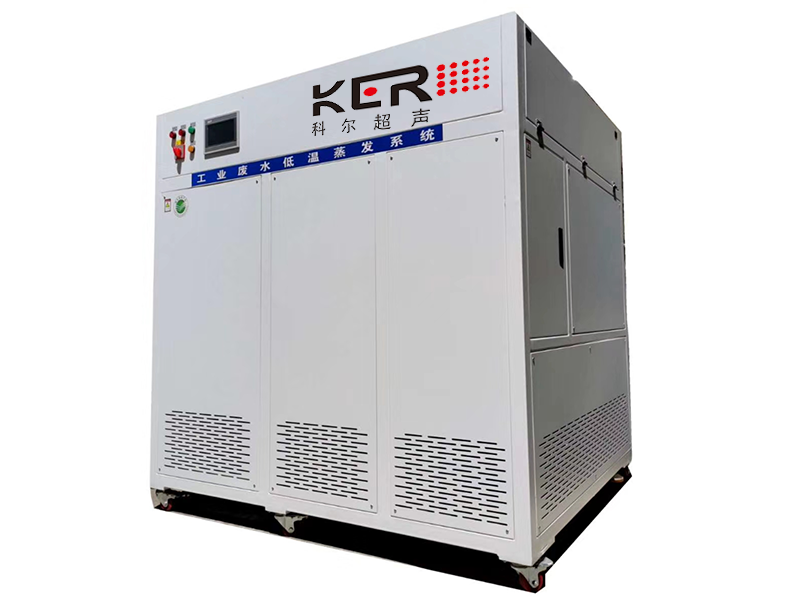
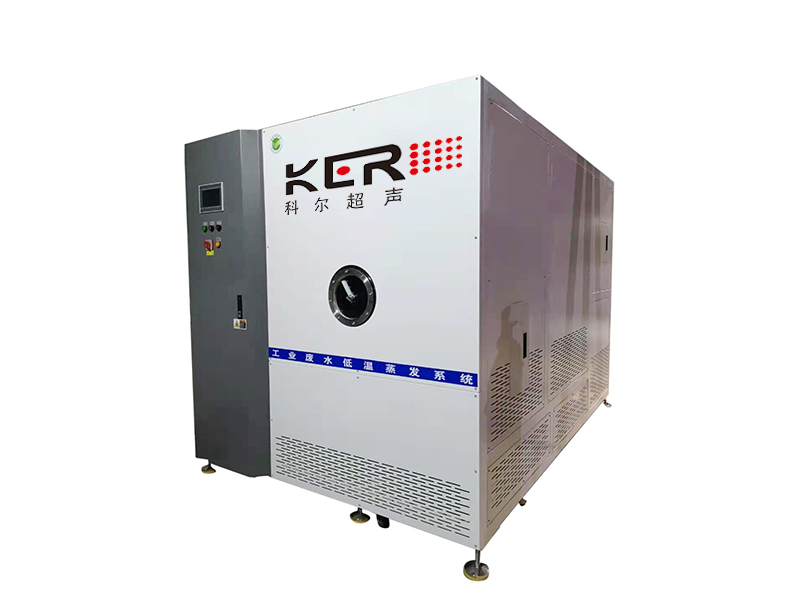
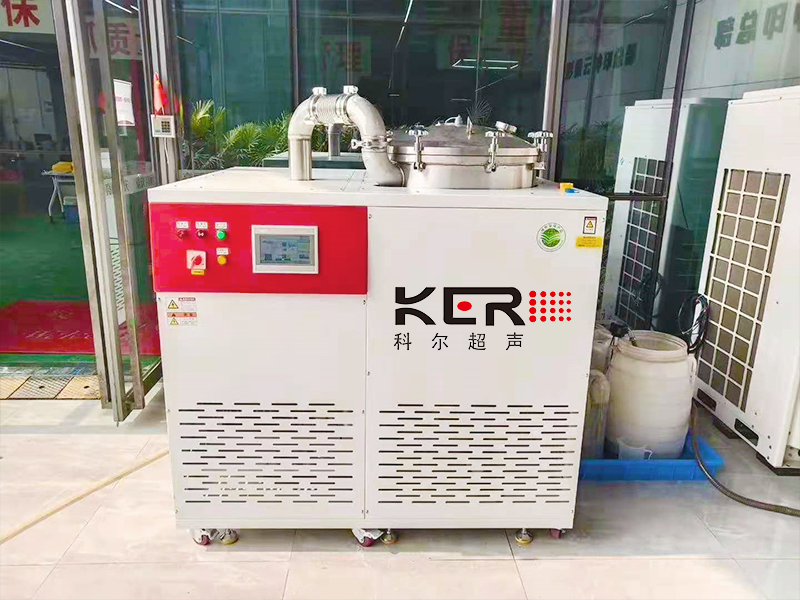
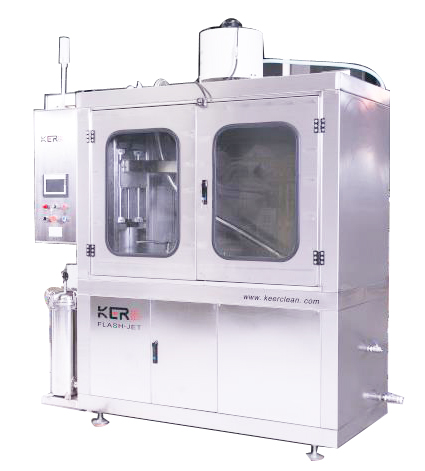
 新聞資訊
新聞資訊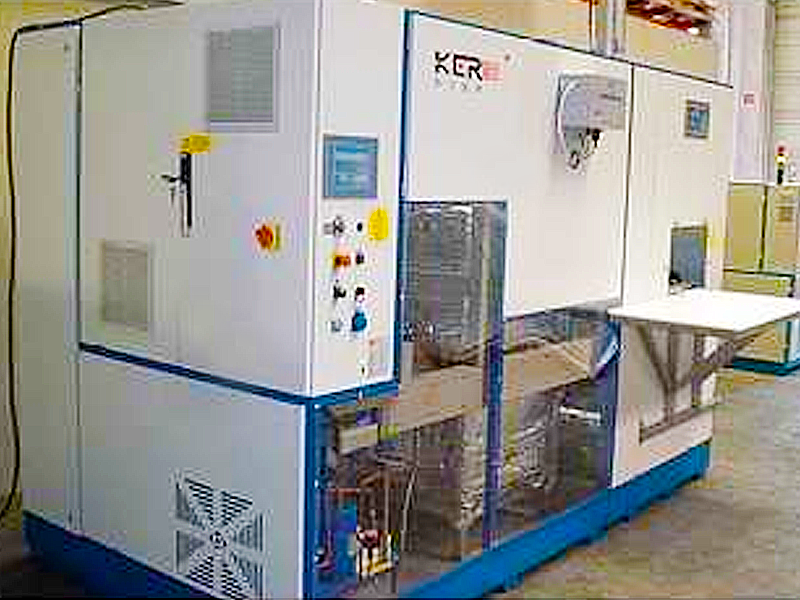
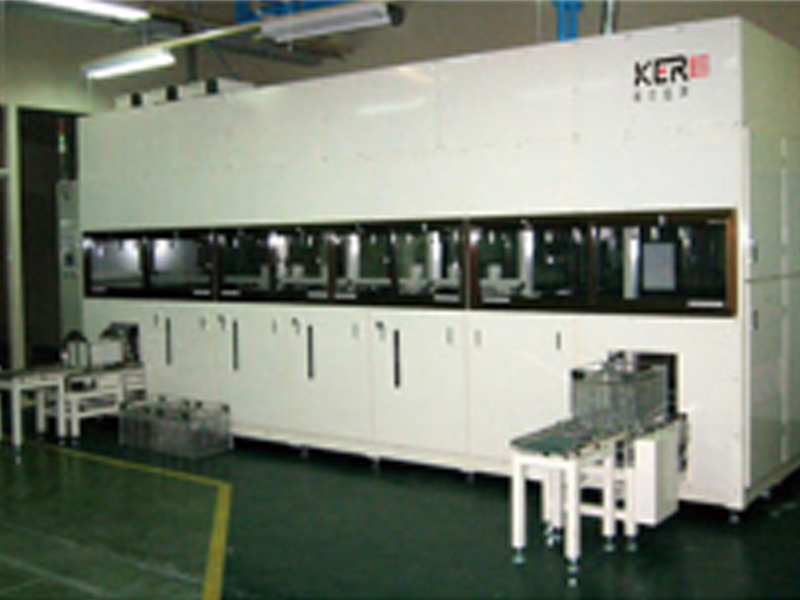
 聯係91污
聯係91污
 谘詢電話:18663767799
谘詢電話:18663767799 E-MAIL:jnkergs@163.com
E-MAIL:jnkergs@163.com 地址:山東省濟南市濟陽區創業路與啟航街交叉口南40米
地址:山東省濟南市濟陽區創業路與啟航街交叉口南40米 魯公網安備 37011202001385號
魯公網安備 37011202001385號
